Our Stories
Recent Articles
Projects
The AOC Never Paints Itself Into a Corner
An in-depth look at the most recent phase of the Capitol Building Paint Analysis and Plaster Repairs project.
Projects
Group Project: The Russell Building Courtyard
The Russell Senate Office Building courtyard was recently restored as a supplement to the Russell Exterior Envelope Project.
Projects
Cannon Light Fixture Restoration
While light fixtures are like jewelry to a room, they can also set a tone for the significance of the space. Naturally, they also provide illumination to enable work and safe movement.
Projects
Employees Lead U.S. Botanic Garden Horticultural Renovations
Several USBG employees recently led projects inside the Conservatory to improve the growing spaces and showcase more of the permanent plant collection.
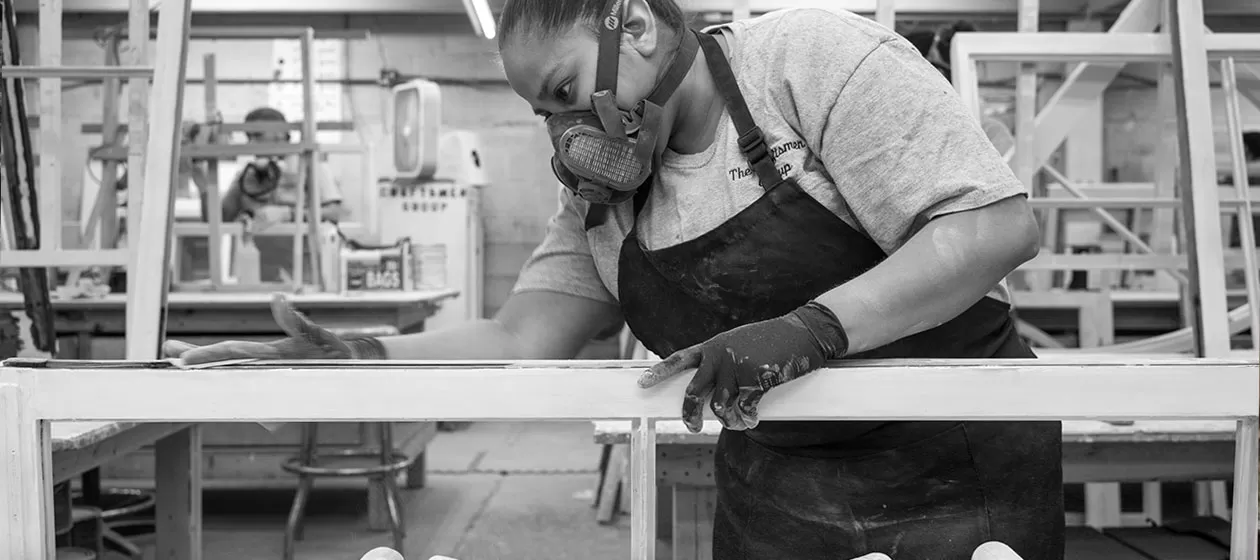
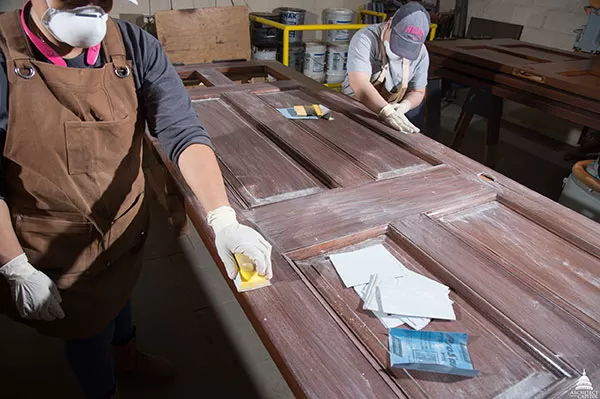
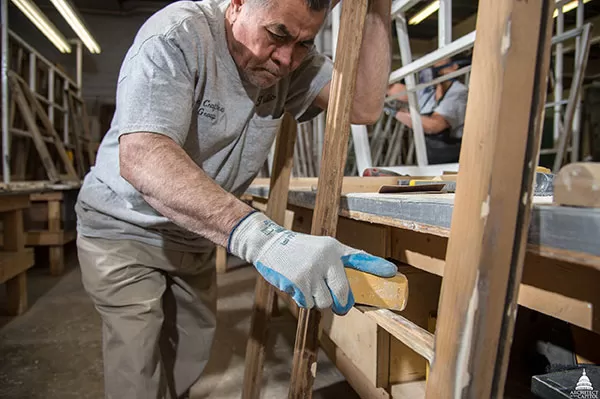
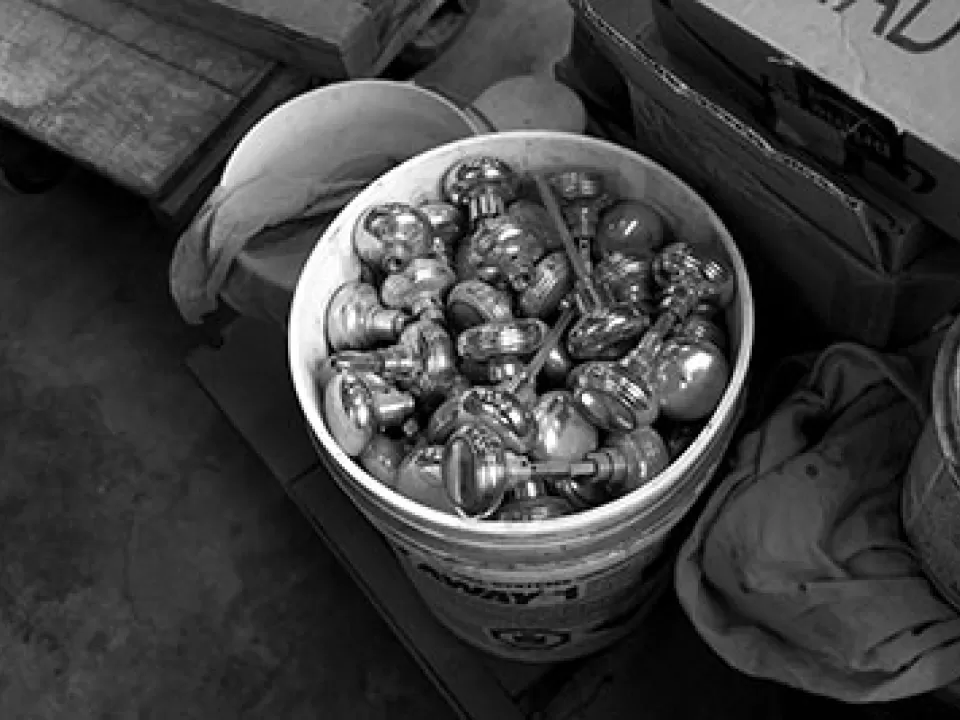
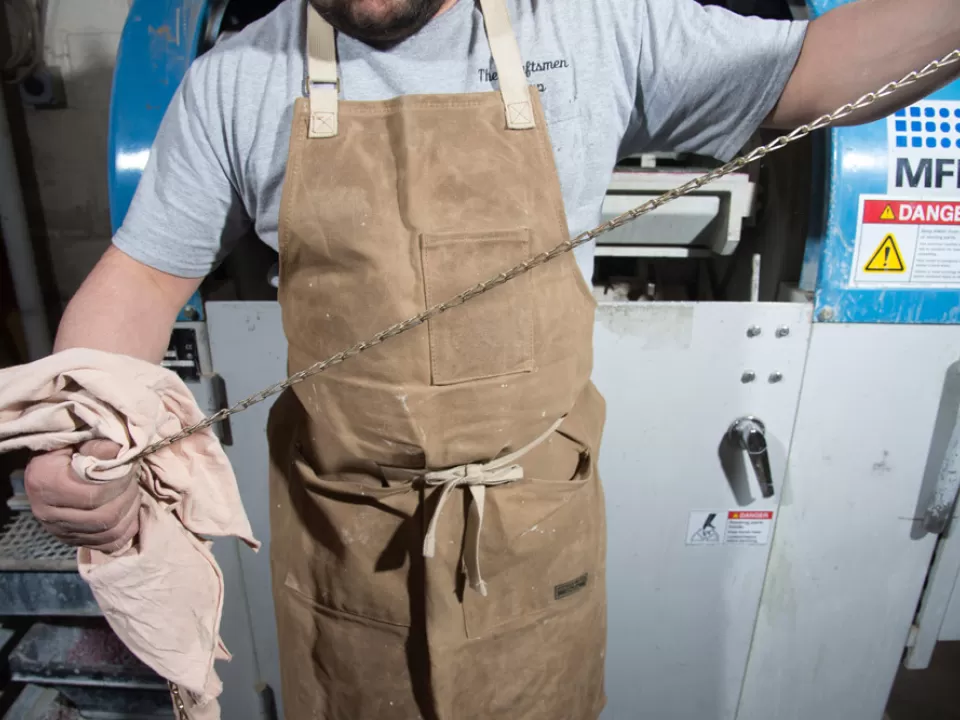
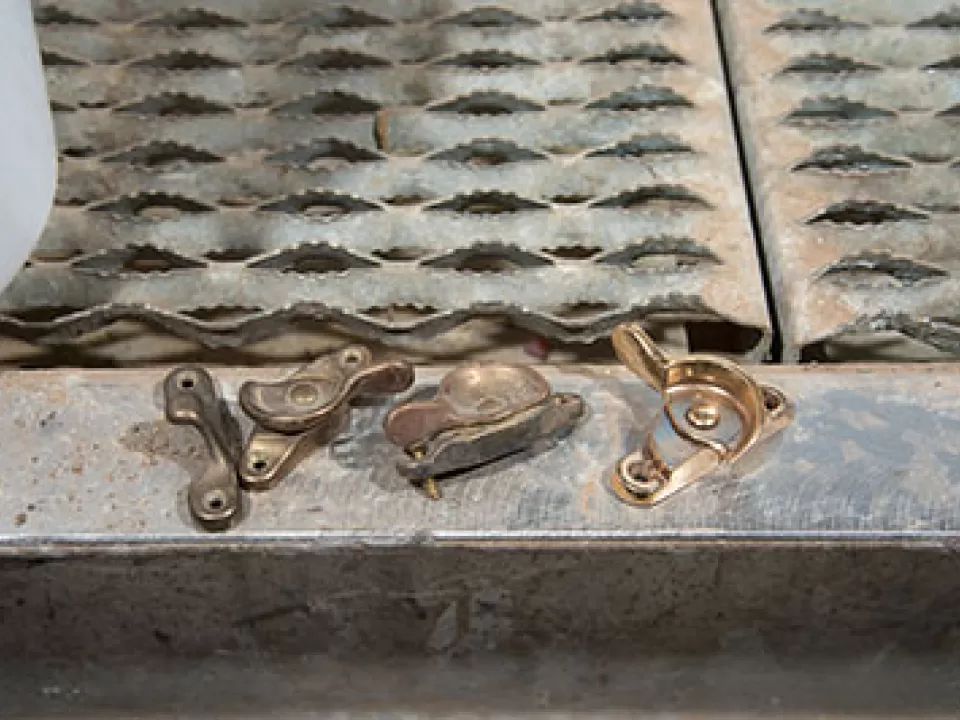
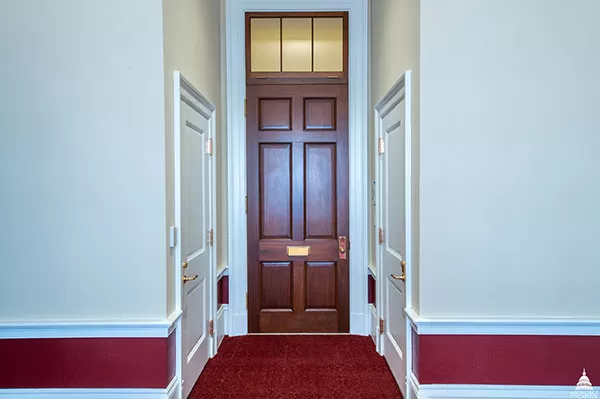
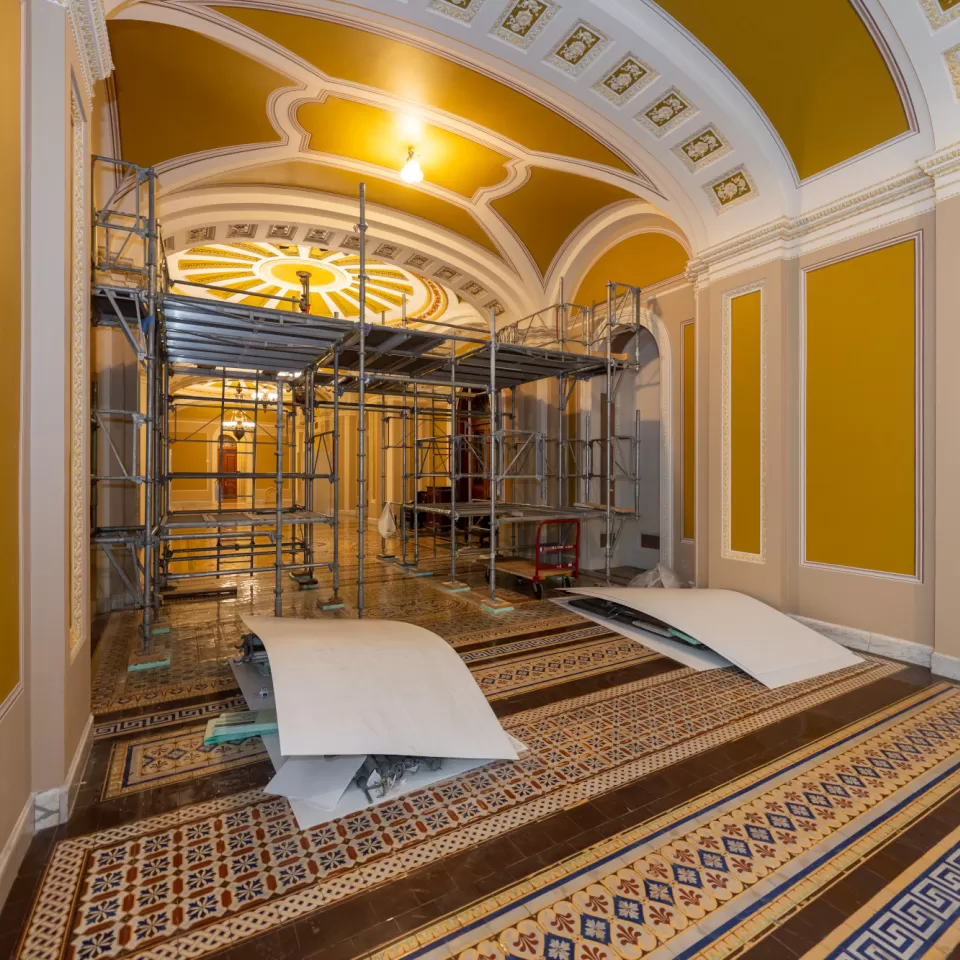
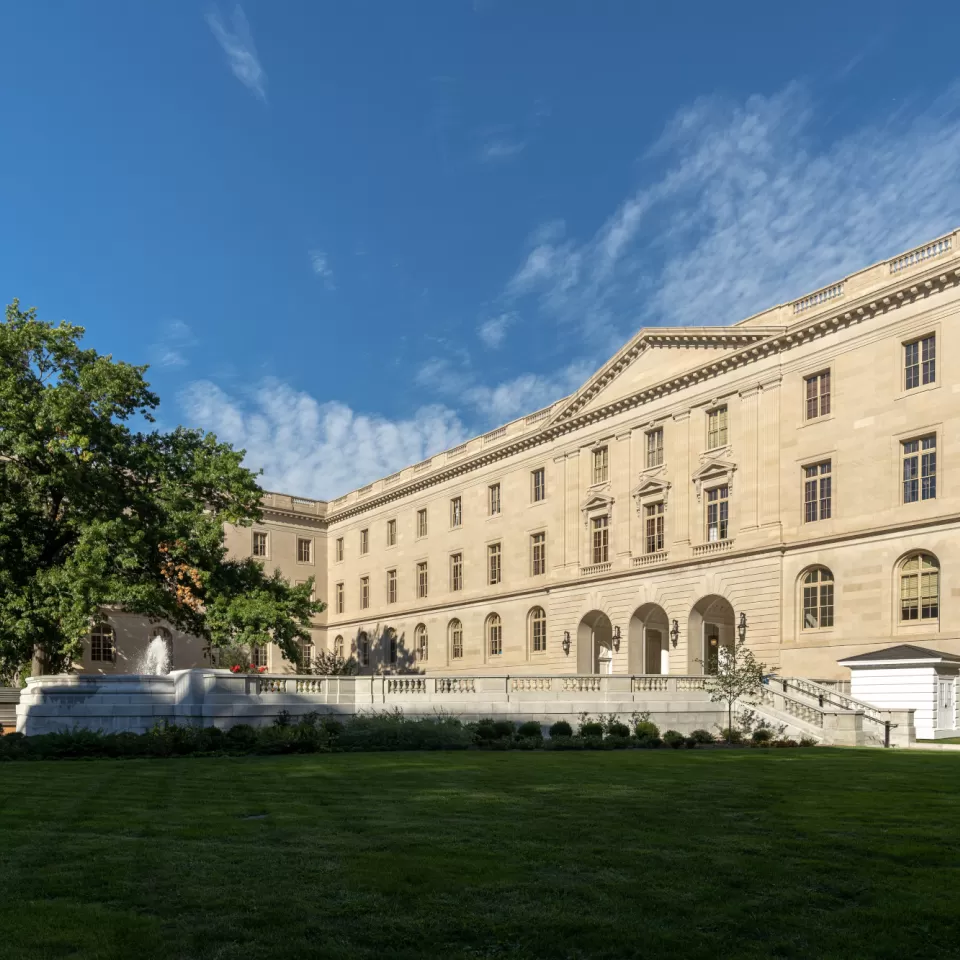
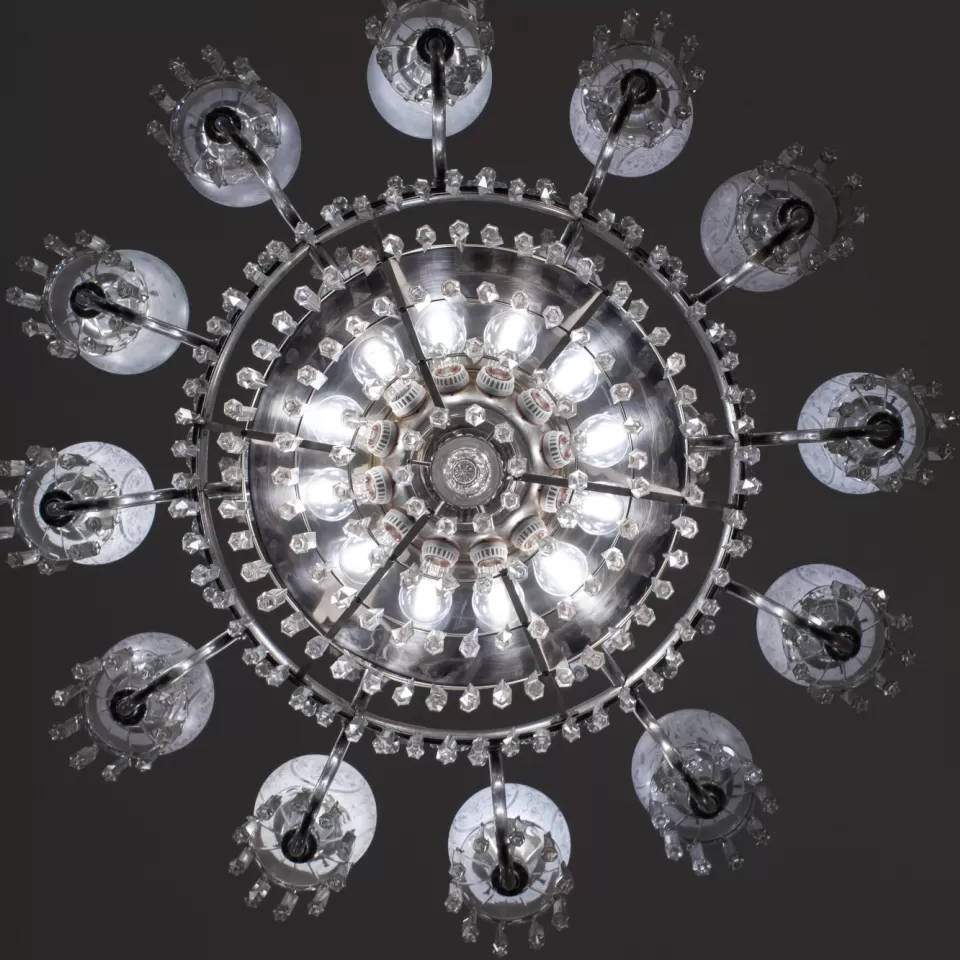

Comments
Wow - amazing restoration work - by the AOC - so glad these historical windows and doors can be used for at least another 100 years.
Again Thank You for all the sites you share with us, so many photos are never seen when we visit. At 82 years getting around is difficult, these "tours" then are a blessing.
Thank you for this inside glimpse at such intricate work that is taking place daily through the efforts of skilled AOC craftsman. Would not have known the many layers in this restoration process.
Add new comment